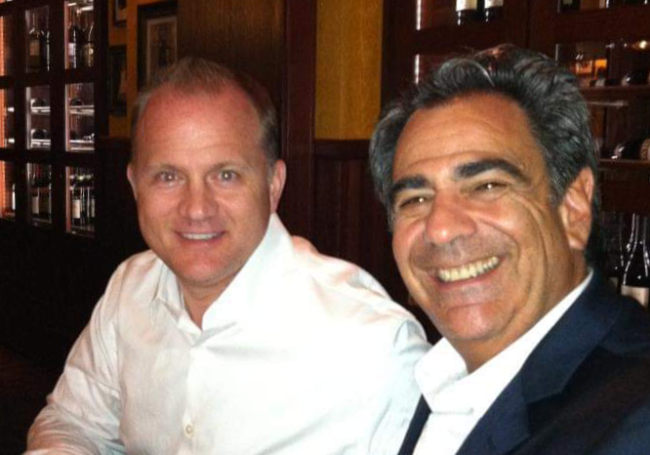A Year in Review 2019: Steps Forward in Bereavement Care
As another decade comes to a close and Evermore marks its fifth year working to improve bereavement care in the United States, we have reason to celebrate 2019. Here at Evermore, we made big strides toward building our team and raising awareness about the need to support grieving parents. Meanwhile, across the country, new initiatives…






















